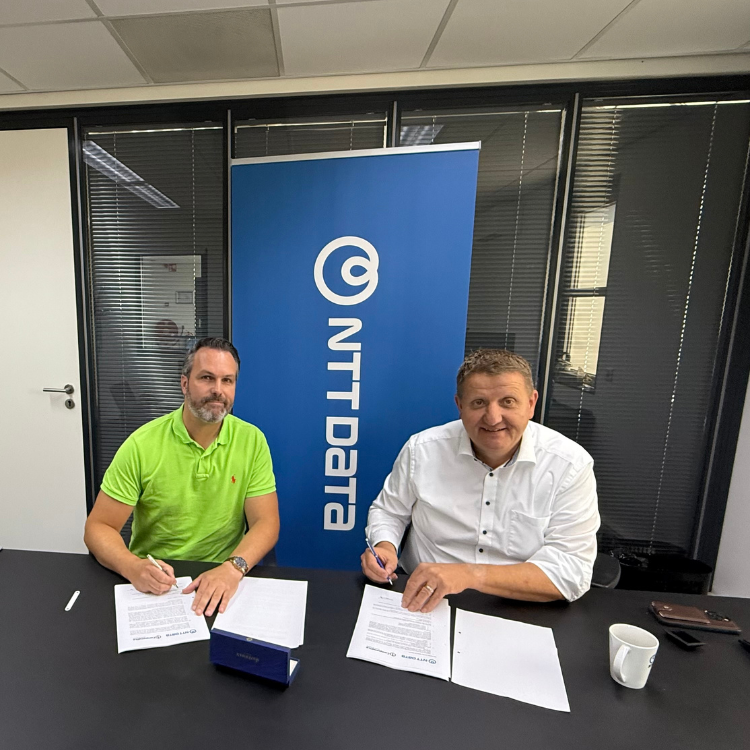Quantum Computing and IT/OT: Tomorrow’s Threat Begins Today
Quantum computing threatens the encryption that vital IT and OT systems rely on. Attackers are already storing data today to decrypt it later. Compumatica’s CryptoGuard provides an immediate step toward post-quantum security with Kyber and Dilithium, ensuring organizations are prepared today for the cryptographic revolution of tomorrow.

Quantum computers are closer than many organizations think. As governments and tech companies around the world invest in this computing power, a silent storm is building for IT and OT systems. The likelihood that quantum technology will break classical encryption is no longer a distant concern. Attackers are already storing encrypted communications to decrypt them in the future. Those operating in vital sectors must ask themselves: are our systems ready for the coming cryptographic shift?
The Invisible Threat
The danger of quantum computing lies in its invisibility. Infrastructures may appear secure, but their encryption is temporary. The so-called store-now-decrypt-later principle means that data intercepted today can still be read in the future. IT and OT networks are particularly at risk because they often run unchanged for years and can only be patched to a limited extent.
Vulnerable Infrastructures
In sectors such as energy, water, and transport, many process installations remain operational for decades. A weakness in encryption therefore poses a long-term risk. When an attacker gains access through an IT network, a weak connection or outdated key can open the door to an entire OT environment. Encryption alone is no longer a guarantee of security.
NIST Standards as a Signal
The first step toward quantum security begins with insight. Many organizations don’t know which cryptographic algorithms they currently use. A crypto inventory reveals which systems still depend on RSA or ECC. Based on this, a migration plan can be developed: start with hybrid protection using post-quantum algorithms such as Kyber and Dilithium, followed by a full transition once standards and firmware updates are available.
In the whitepaper The Silence Before the Quantum Storm, we describe this migration in three phases: inventory, implementation, and integration, including examples from the industry. This three-step model forms the core of Compumatica’s post-quantum migration approach, helping organizations transition from classical to hybrid and ultimately fully quantum-safe encryption.
In 2024, the U.S. NIST published the first post-quantum standards: CRYSTALS-Kyber and CRYSTALS-Dilithium. These form the foundation of future-proof encryption. The message is clear: migration must begin now. Quantum security is not a patch, but a strategic rethink of encryption policy and key management.
Technology Ready for Today
Compumatica’s CryptoGuard provides encryption at layers 2, 3, and 4 without tunnels or sessions. The solution supports Kyber and Dilithium through firmware updates, with minimal latency and official certification by NATO, the EU, and the Dutch AIVD. It represents a direct step toward quantum-safe communication, without major changes to existing IT and OT processes.
From Insight to Action
The quantum threat isn’t coming tomorrow, it’s already here. Data intercepted today can be exploited in the future. By investing in post-quantum encryption now, organizations strengthen their resilience — not just for their systems, but for the continuity of vital operations.
Discover in the whitepaper The Silence Before the Quantum Storm how PQC migration is already taking shape in industrial and digital environments.
// Experience the power of MagiCtwin yourself
Discover how MagiCtwin secures your IT/OT network with physical separation and certified proxies. Request a free demo and experience how simple and effective secure IT/OT integration can be.
// Contact me












